SUMMARY
This is AI generated summarization, which may have errors. For context, always refer to the full article.
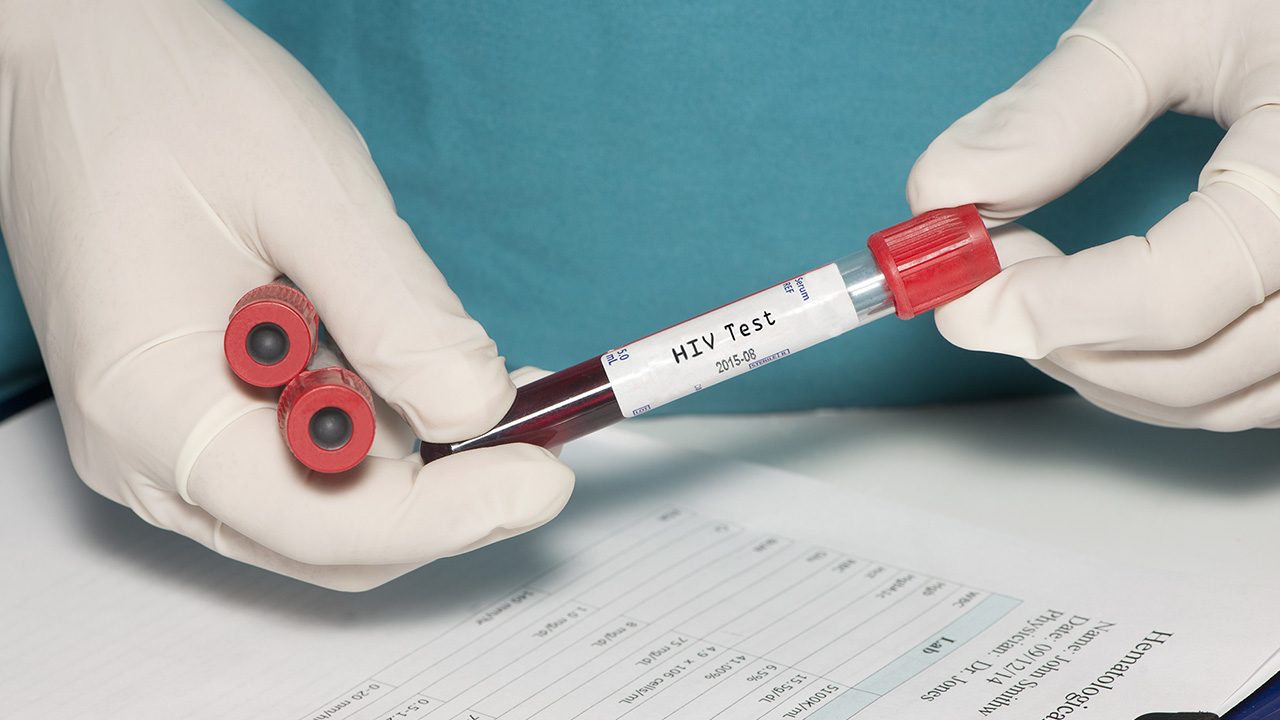
ILOCOS NORTE, Philippines – The Department of Health (DOH) logged at least 296 new cases of Human Immunodeficiency Virus (HIV) in the Ilocos region between January 1 to July 30.
Dr. Rheuel Bobis, regional DOH infectious disease cluster head, said on Tuesday, December 12, the majority of HIV cases diagnosed this year belonged to the 25-34-year-old age group, with 148 cases.
Of the 296 reported from January to July, around 281 were males diagnosed with HIV while 15 were females, said Bobis.
During the same period last year, HIV cases hovered around 294, according to the DOH HIV/AIDS registry.
He said the “most common” cause of HIV transmission among the new cases was “unprotected sex, especially with (men having sex with men) population and among female sex workers.”
More than the majority of the 296 new cases, or 213 individuals, acquired HIV because of men having sex with men (MSM), the DOH data showed.
Of the provinces in the region, Pangasinan province had the highest number of newly detected HIV cases at 160, followed by Ilocos Sur at 47, La Union at 41, and Ilocos Norte at 31.
The independent component city of Dagupan, also in Pangasinan, had 17 HIV cases, said Bobis.
He said that the HIV-related mortality rate in the region has decreased by 70% but this is not a cause of relief.
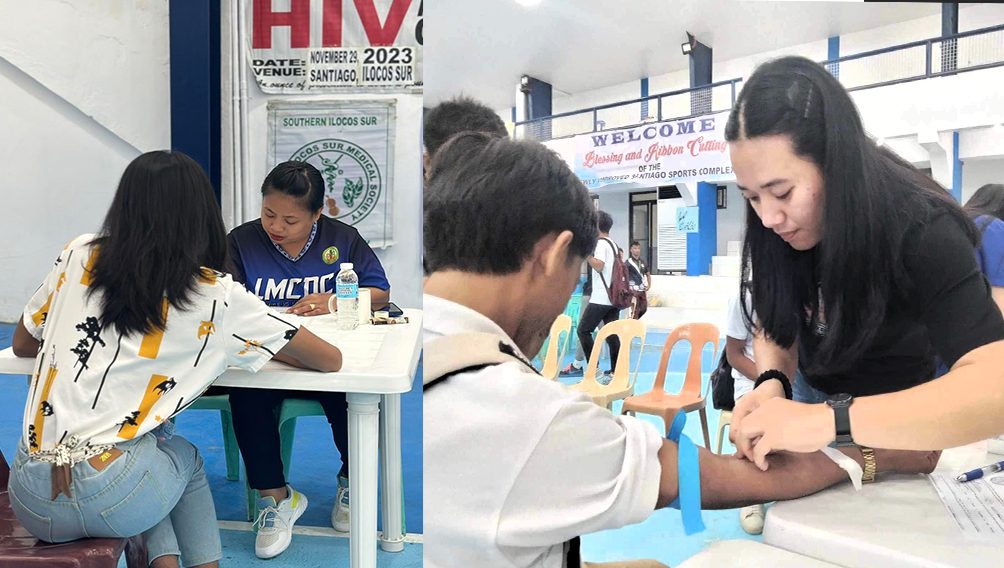
“Even with this development, we must continue our efforts towards an HIV-free future through a collective commitment, unwavering dedication, and comprehensive community involvement,” according to Bobis.
HIV is also mainly transmitted through sharing of contaminated needles, a pregnant woman infecting her baby through breastfeeding of giving borth. Blood transfusion or organ transplants from infected donor are also modes of HIV transmission, according to the Joint United Nations Programme on HIV/AIDS.
Stigma
Health officials in the region emphasized on Tuesday, December 12, the need to break the stigma experienced by people with HIV.
In a statement, the regional DOH said that it would continue its advocacy to raise awareness and to eradicate stigma against the deadly disease but communities must be empowered to contribute in all aspects of HIV planning and programming.
“Dapat kasama natin ang ating komunidad mula sa pag-paplano, policy-making, funding at monitoring activities as this will help to reduce the stigma and strengthen psychosocial support for patients,” said DOH Assistant Regional Director Antonio Albornoz.
(We should involve our community in planning, policy-making, funding, and monitoring activities as this will help to reduce the stigma and strengthen psychosocial support for patients.)
He noted that the public stigma linked with HIV has always been a primary deterrent in improving referral systems for HIV-positive patients as well as in reaching those who might have been afflicted with the disease in “undeserved, marginalized and hard-to-reach areas.”
Albornoz said communities must be urged to lead and support in HIV programs, noting that their role is essential in coming up with “sustainable and efficient programs which are centered on the needs of the communities.”
Local commitment
In Ilocos Norte’s capital city of Laoag, lawyer and incoming Dayaw Organization president John Kristopher Guerrero echoed the need for active community involvement in raising awareness and breaking the stigma against HIV.
“I think everyone is already aware of the strong national fight against HIV. What Dayaw Organization can contribute is to bring the LGBTQIA+ community of Laoag City, and maybe in the region, closer to these health programs and projects focused on HIV,” said Guerrero.
Dayaw, an organization composed of members from the LGBTQIA+ sector, champions rights and creates opportunities for the community in Laoag.
Guerrero also vowed that their organization will ramp up its partnership with health organizations and medical professionals to intensify its HIV awareness efforts and treatment in Laoag.
In Vigan City, Ilocos Sur, a local LGBTQIA+ group, Maris Ti Ayat Incorporated, advocated for free HIV testing and awareness seminar through a series of activities held at the University of Northern Philippines from December 6 to 7.
From 1984 to present, 3,051 individuals were diagnosed with HIV in the Ilocos region, the DOH said. Rappler.com
Add a comment
How does this make you feel?
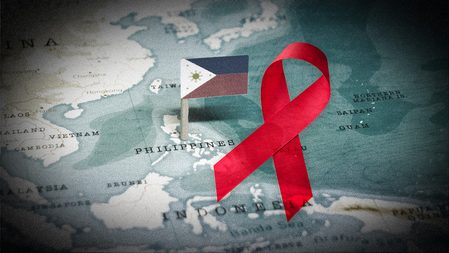

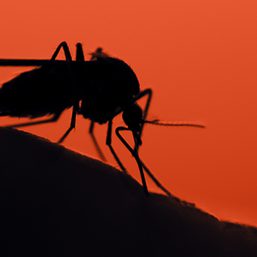





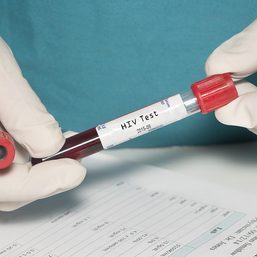


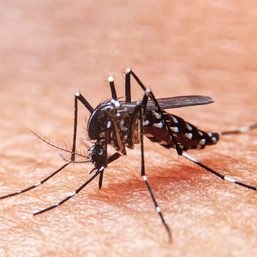
There are no comments yet. Add your comment to start the conversation.